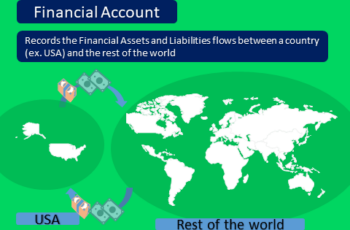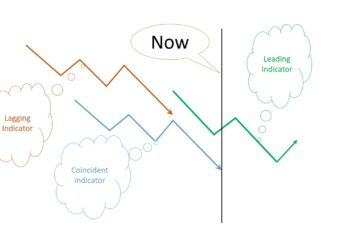Net primary income is the net balance of receipts and payments of employee compensation of nonresident workers and investment income between a nation and the rest of the world. Investment income includes direct investment, portfolio investment, receipts on reserve assets, and other investments.
In other words, Primary Income reflects the net flow of investment profits, and net remittance flows from migrant workers.
The Net Primary Income is a component of the Current Account Balance which itself is a piece of Balance of Payments.
World Bank publishes Net Primary Income data collected from primary sources of all countries. Unfortunately, every country does not publish it very frequently. However, most developed nations, such as Australia release this data quarterly, and some such as Iran, do not.
Countries with the Largest Net Primary Income Surplus
Here is the list of the top 10 countries with the largest Primary Income surplus.
| Number | Name of Country | Net Primary Income |
|---|---|---|
| 1 | Japan | 268,701,108,040 |
| 2 | United States | 177,374,000,000 |
| 3 | Germany | 157,625,137,174 |
| 4 | France | 77,916,764,172 |
| 5 | Kuwait | 25,973,105,772 |
| 6 | Hong Kong | 25,453,920,328 |
| 7 | Italy | 23,477,879,248 |
| 8 | South Korea | 22,884,200,000 |
| 9 | Sweden | 21,267,500,522 |
| 10 | Norway | 17,866,848,106 |
Countries with the Largest Net Primary Income Deficit
The following list contains the list of the 10 countries with the largest Primary Income deficit.
| Number | Name of Country | Net Primary Income Deficit |
|---|---|---|
| 1 | China | 193,606,548,478 |
| 2 | Ireland | 145,946,846,928 |
| 3 | Australia | 76,101,428,177 |
| 4 | Singapore | 75,138,176,983 |
| 5 | Brazil | 64,930,455,671 |
| 6 | Russia | 44,373,470,000 |
| 7 | India | 41,787,224,006 |
| 8 | Netherlands | 40,304,217,793 |
| 9 | Indonesia | 35,781,793,059 |
| 10 | Poland | 31,268,000,000 |
Net Primary Income Limitations
Investors and traders do not track this indicator as much as the balance of trade because it does not provide a solid value for the following reasons:
- Data is released quarterly not monthly. There is no data about some countries even for years.
- There is not a single organization that collects and calculates worldwide that makes it consistent. In fact, sources are many which make it full of errors and omissions. Examples of sources are surveys of employers, travelers, embassies, and international transaction reporting systems…
- It does not provide a good economic picture. For example, you can not say that a Net Primary Income Deficit is a bad thing or a good thing. For example, the United States has a huge positive balance, and China has a huge negative balance. Both are supereconomic powers.
- Timing is another problem. For example, Australia provides data quarterly while there is no updated data available data for Afghanistan.
- The exchange rate is not stable. So, it is another issue.
I mentioned issues. However, nothing about an economy is useless. It helps investors to understand an economy in depth and makes policymakers more aware of economic situations.
To understand deeply the Primary Income of a country, you have to visit its official resources. This article just introduces you to understand.
Bottom Line
This economic indicator reflects the net flow of investment profits and net compensation paid to migrant workers. It is not a much-followed indicator because it does not provide a solid value. However, it is useful for understanding an economy deeply and if you have decided to invest in a country.






